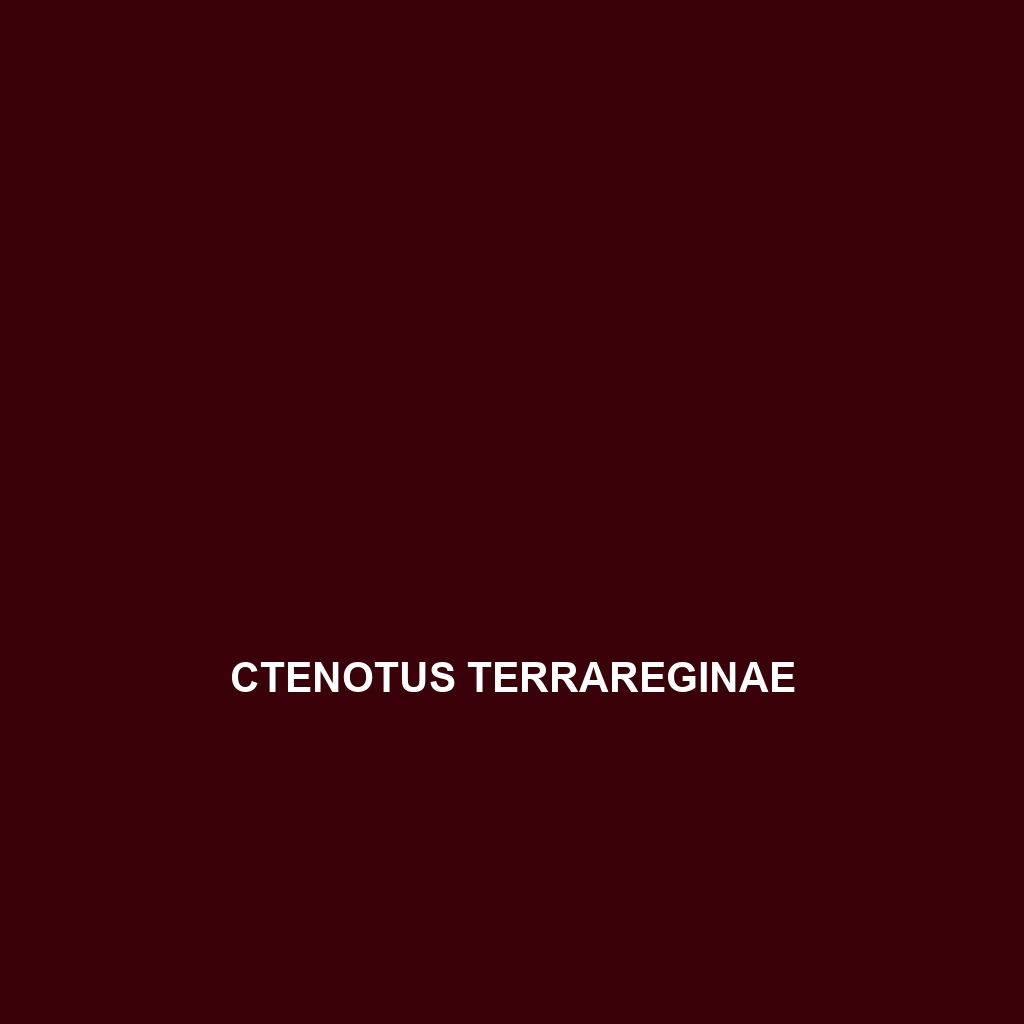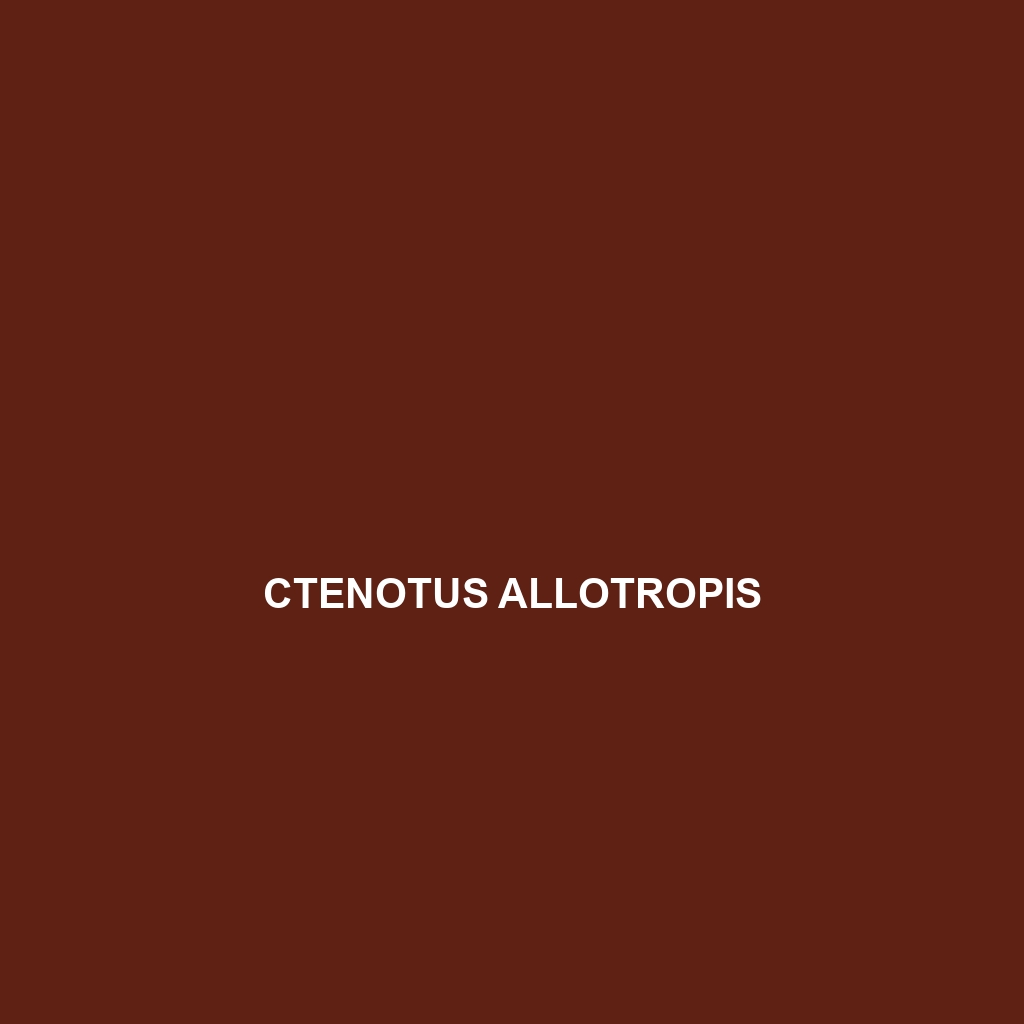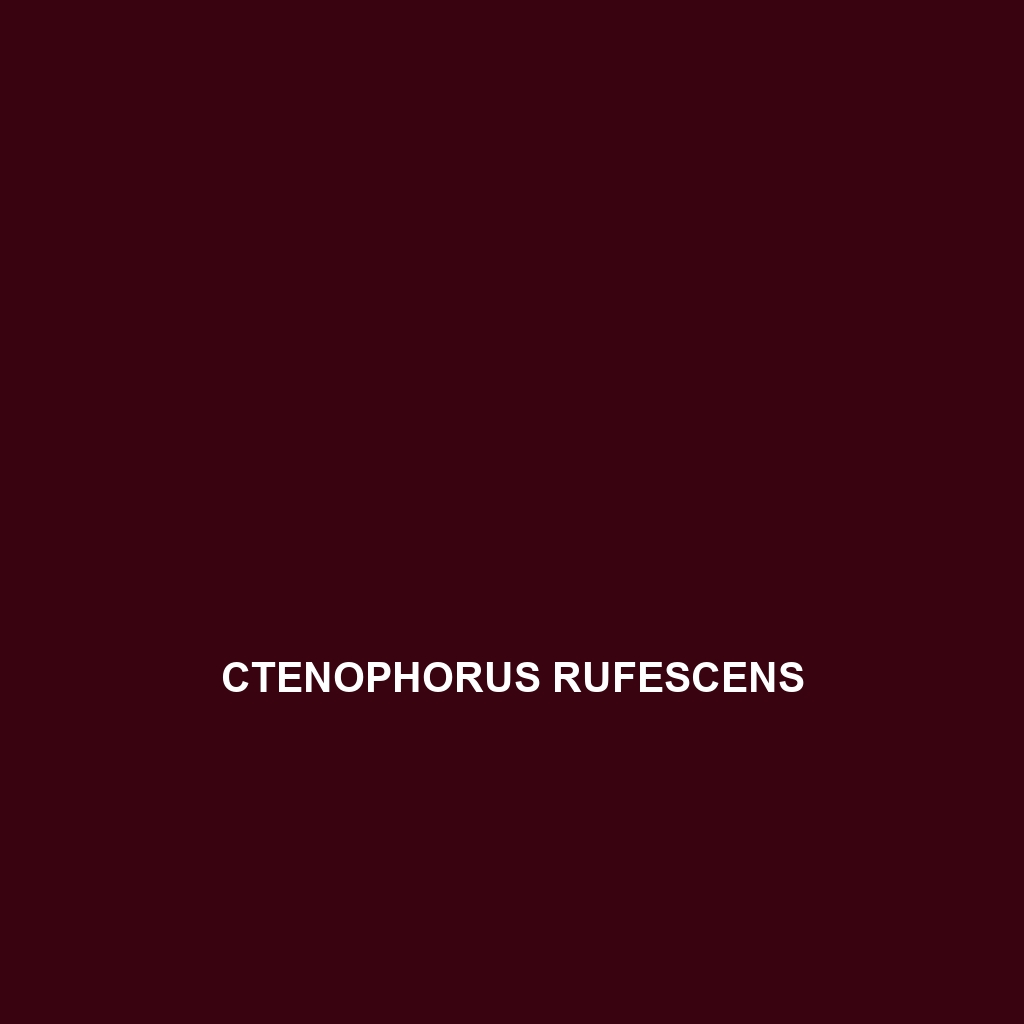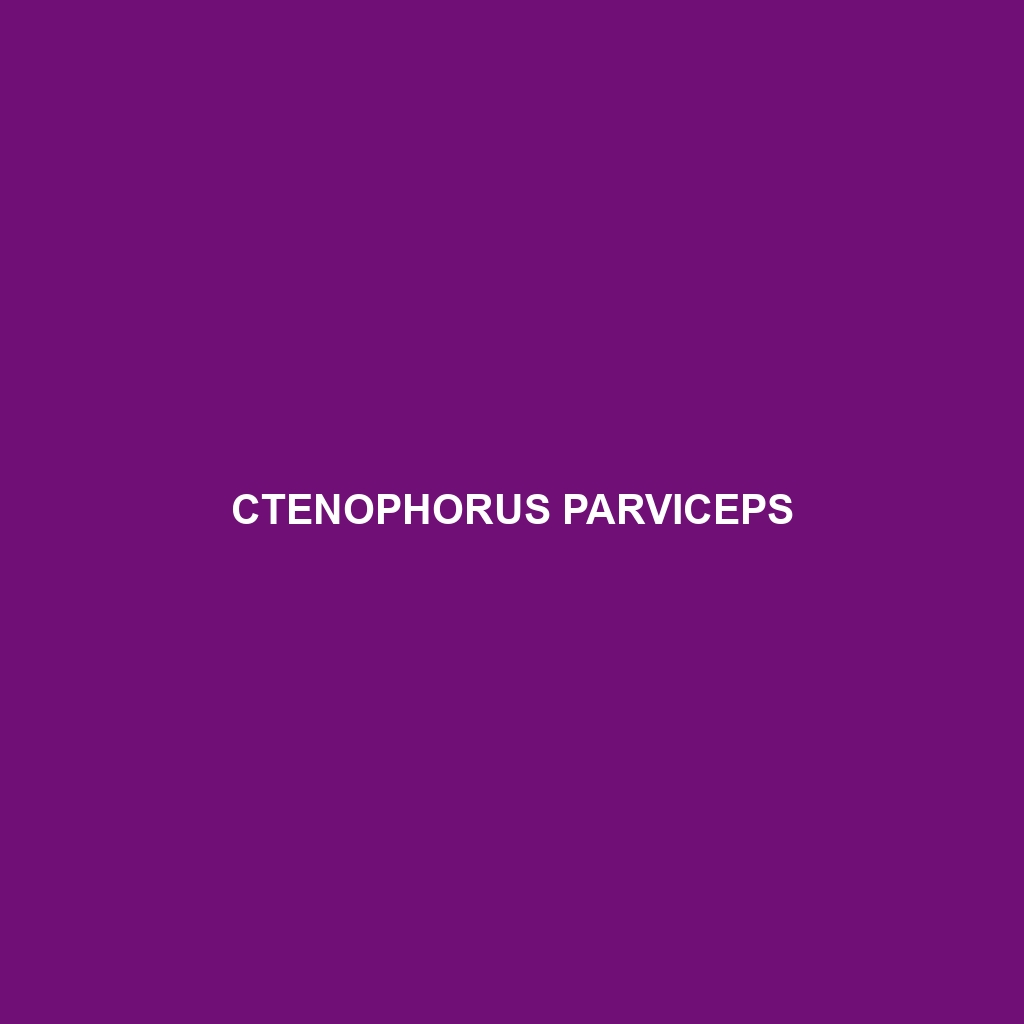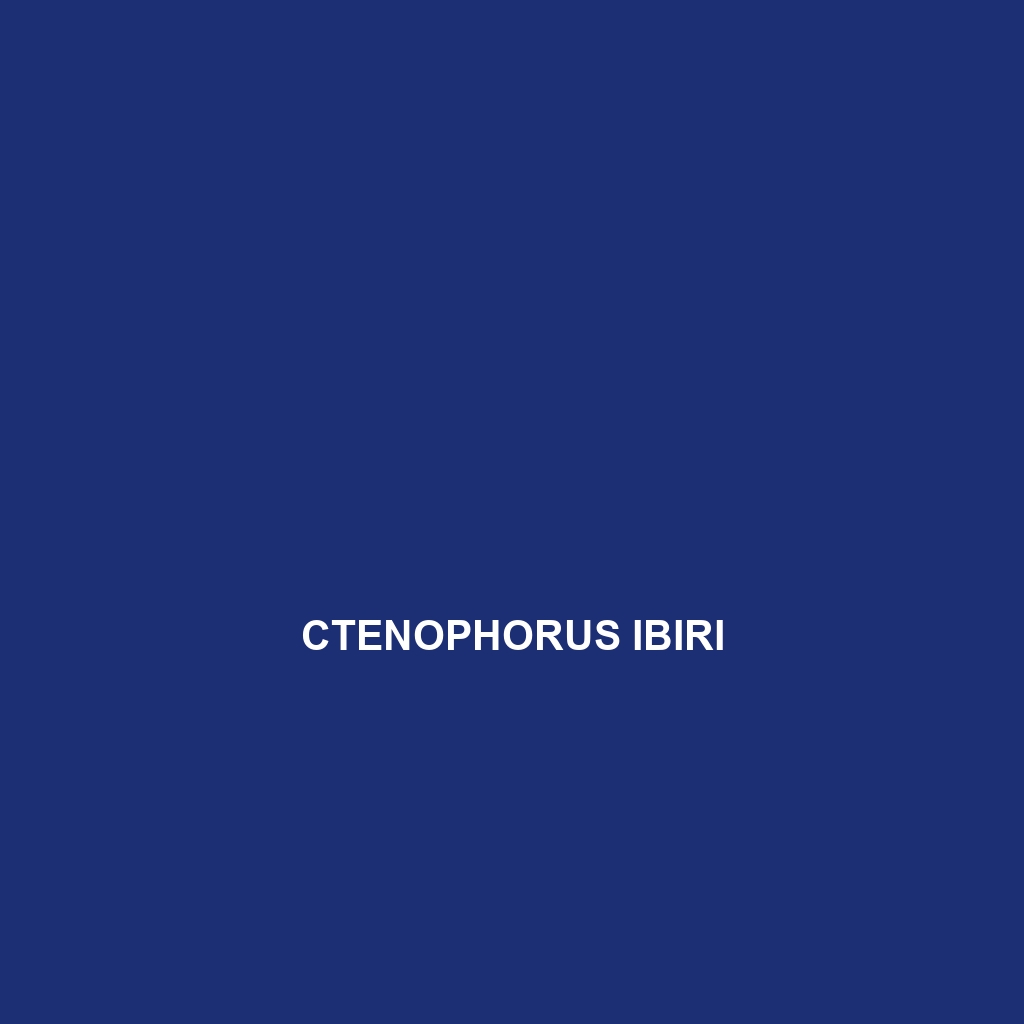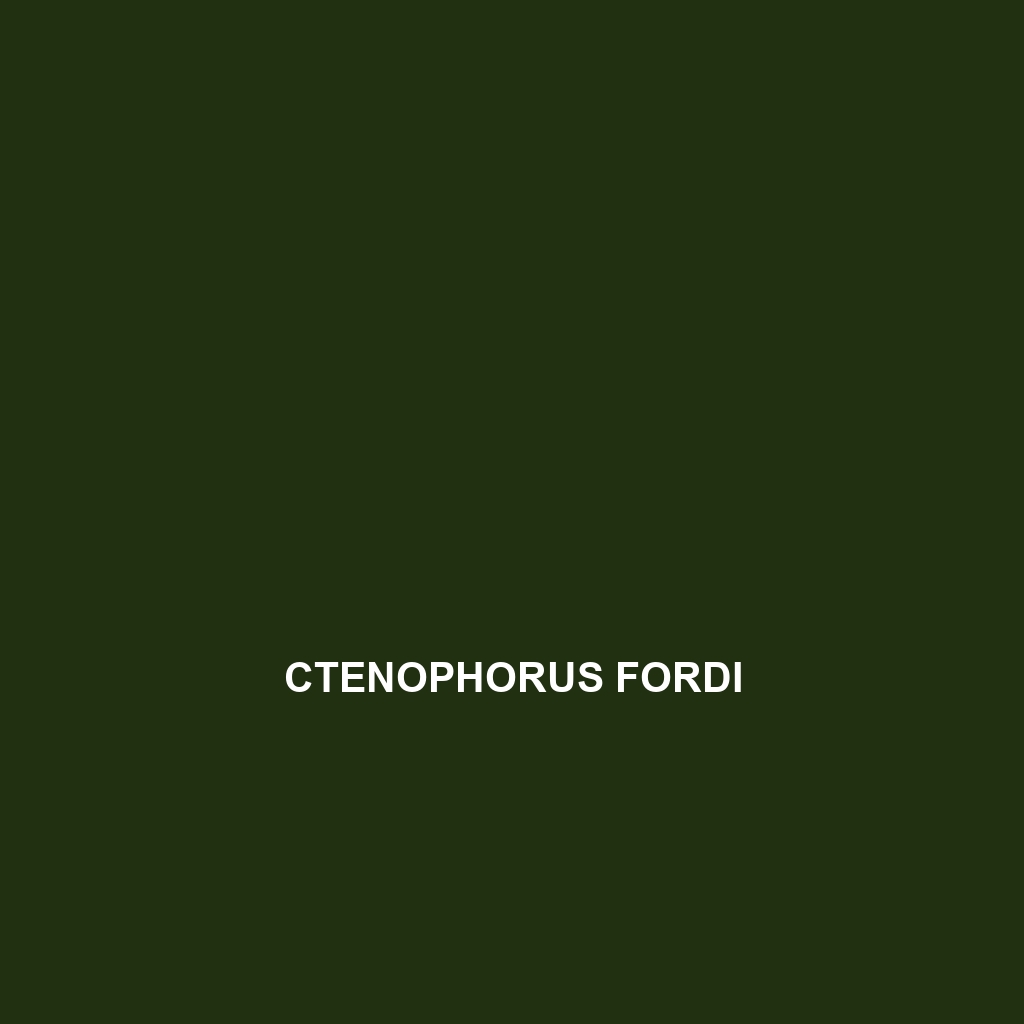Ctenotus terrareginae, a small skink native to Australia, thrives in arid regions and is known for its quick movements, distinctive brown or grey coloration with lighter stripes, and insectivorous diet. This resilient species plays a crucial role in its ecosystem by controlling pest populations and serves as prey for larger animals.
Tag: arid regions
Ctenotus stuarti
Ctenotus stuarti, or the common Stuart's skink, is a diurnal lizard native to central Australia's arid regions, characterized by its elongated body, distinctive coloration, and regenerative tail. An effective predator, this species plays a vital role in controlling local insect populations while being an integral part of its ecosystem.
Ctenotus storri
Ctenotus storri is a medium-sized skink found in the arid regions of Australia, characterized by its striking brown and grey coloration, dark stripes, and agile daytime behavior. These insectivorous skinks play a crucial role in controlling insect populations and exhibit unique adaptations for survival in their diverse habitats.</p>
Ctenotus iapetus
The Ctenotus iapetus, or Iapetus skink, is a slender, 10 to 15 cm long lizard native to arid regions of southwestern Australia, characterized by its smooth, shiny scales and distinctive coloration. This diurnal insectivore plays a crucial role in its ecosystem by controlling insect populations and serves as prey for larger predators.</p>
Ctenotus euclae
Discover the Eucla Ctenotus (Ctenotus euclae), a medium-sized skink native to southwestern Australia, known for its effective camouflage, diurnal behavior, and diet of insects and small invertebrates. With a slender body averaging 10 to 15 cm in length, this resilient species plays a crucial role in its ecosystem by controlling pest populations.
Ctenotus alleni
Ctenotus alleni, or Allen's Ctenotus, is a slender, insectivorous lizard found in arid regions of Australia, characterized by its light brown to grayish coloration with darker stripes and a diurnal lifestyle. This agile species plays a crucial role in its ecosystem by controlling insect populations and serving as prey for larger predators.
Ctenophorus rufescens
Discover the captivating Ctenophorus rufescens, or rufous dragon, a medium-sized lizard native to southeastern Australia, known for its vibrant coloration, territorial behavior, and diet consisting primarily of insects. This fascinating species thrives in arid environments, playing a crucial role in its ecosystem as both predator and prey.
Ctenophorus parviceps
Discover the Ctenophorus parviceps, commonly known as the small-headed dragon, a small to medium-sized lizard native to southeastern Australia, thriving in arid grasslands and rocky hillsides. This diurnal species showcases a striking coloration and territorial behavior, primarily feeding on insects while playing an essential role in its ecosystem.
Ctenophorus ibiri
Ctenophorus ibiri Discover the vibrant Ctenophorus ibiri, a diurnal lizard found in the arid woodlands and scrublands of southeastern Australia. With males displaying striking blue and green colors during breeding, they play a vital role in ecosystems by controlling insect populations and serving as prey for larger species.</p>
Ctenophorus fionni
Discover the Ctenophorus fionni, also known as Fiona's Dragon, a medium-sized lizard native to central Australia's arid regions. With striking sandy brown and gray colorations, this diurnal insectivore plays a vital role in its ecosystem while exhibiting fascinating territorial displays during mating season.
